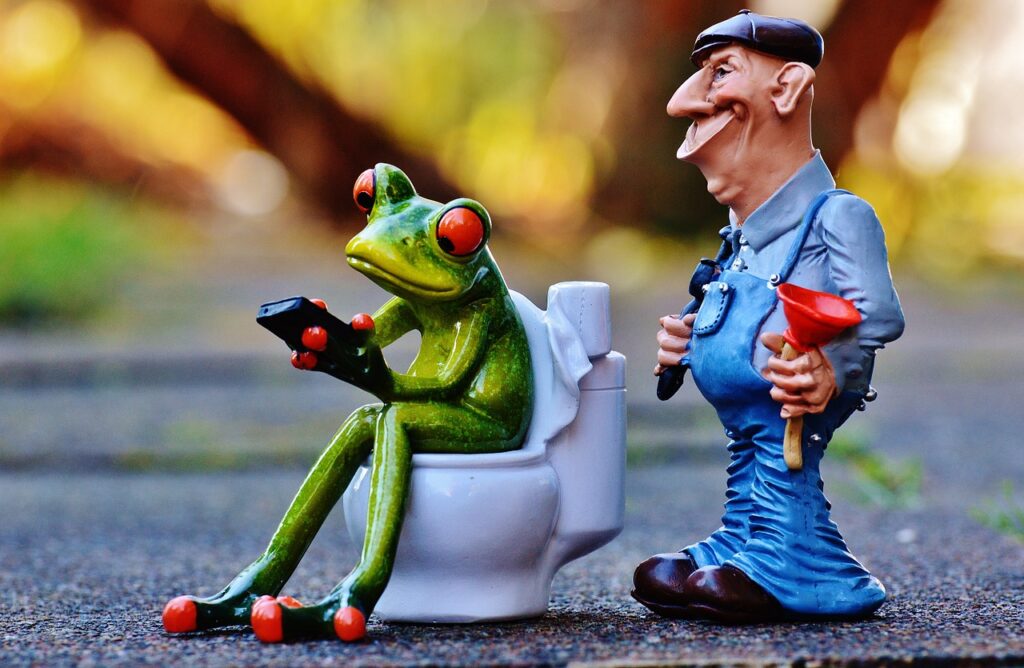A boiler that crashes, a leaking sink, a toilet with a malfunctioning drain: those who think that the skills of a plumber stop at these activities actually underestimate the value and completeness of its use.
In reality, a plumber, depending on his specialization, can easily work in the world of construction sites, both civil and industrial, with excellent economic returns.
The profession seems to be underestimated by many, especially for its manual and artisan nature, but it actually offers excellent employment opportunities and more than satisfactory earnings.
Let’s see together, in our guide to the profession of plumber, who this professional is, what jobs he does, what he has to study and how he forms and above all what are his earning and career possibilities.
Who is the Plumber:
The plumber is the professional who deals with thermo-hydraulics, that is, the discipline that regulates, disciplines and studies the water distribution systems and the heat generated by it through boilers and radiators.
He can work both as a freelancer and as an employee for a larger artisan company, and be employed in numerous sectors: from construction to healthcare, from education to industries, up to energy production.
What are the Duties of the Plumber:
In the hydraulic and thermo-hydraulic sector there are numerous specializations, each one focused on a certain phase of the work in its entirety.
We try to summarize as completely as possible what these phases are and what the related tasks are.
The first is obviously that of the inspection. The inspection is a visit to the construction or work site, to assess its size, needs, need for material or manpower, execution times.
Immediately after the inspection, a quote is written, that is an official document that explains in detail what the costs of the intervention are, taking into account the costs for materials, execution times, the number of people required. If the customer finds the proposal suitable and signs the estimate, it is possible to start finding the materials and drafting the project.
The design phase requires drawings by hand or performed with CAD software for 2D and 3D digitization, which reconstruct the building and the system to be installed or corrected.
In the design phase it is necessary to consult and understand the technical drawings developed by an architect or engineer or designer, in order to optimize spaces and volumes and reduce the annoyance for the end customer as much as possible. Usually it is not the junior plumber who takes care of this phase, but if anything, it is the project manager.
Among the realities that it is possible to design for a plumber there are:
- Sanitation systems (i.e. pipes and sanitary fittings installed in homes or offices or industries);
- Plumbing and heating systems (i.e. the heating system of the water that passes through the radiators);
- Systems for the supply of drinking water (from the aqueduct to individual household pipes);
- Irrigation systems for agricultural activities and livestock farms;
- Waste water disposal systems, i.e. residues that must be brought safely and in the best hygienic conditions to the sewage purification systems.
The design phase is obviously followed by the construction phase. Starting from models and drawings produced, it is necessary to lay the pipes, optimize the spaces to avoid heat dispersion or losses, make the system compliant with the law, install the sanitary fixtures, appliances, radiators, boilers, as well as all the accessories necessary for their use such as taps, re circulation groups, mixers, valves, filters, meters, purifiers, etc.
The last phase is that of testing the system, which must comply with strict construction standards, to prevent indiscriminate bacteria from proliferating, creating hygienic or sanitary problems, or leaks or malfunctions.
During the design and construction phase, it is not uncommon to actively interact with other professionals, such as bricklayers, tilers, electricians, public water and gas supply workers, painters to coordinate the work phases and explain the progress of the procedure to customers.
The last phase of the work, not necessarily directly connected to the construction of the plant, is maintenance. Maintenance activities are always divided into:
Ordinary, periodic and fixed, to assess the state of the systems, clean them and possibly intervene on possible malfunctions or breakdowns not yet found but which may worsen.
Extraordinary, carried out to correct sudden problems, breakdowns and malfunctions that are now clear and evident that have compromised the functionality of the system. Here are some tips a Plumber Should Know
Thermo Hydraulics: an increasingly requested task:
The progressive ecological adjustments required of citizens have made the figure of the plumbing and heating increasingly popular: a specialization of the plumber who deals with thermal, heating or air conditioning systems.
The plumber takes care of the same duties as his colleague, but reserving his professionalism to boiler systems, solar panels, radiators, air conditioners and dehumidifiers, waste gas purifiers.
